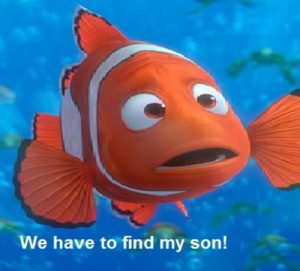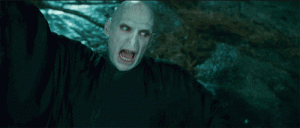The Ode
The Ode
Odes are lyric poems that praise something in particular. This can be a person, a thing, a place, even a television show if you’re feeling inclined. For more information on odes: https://literarydevices.net/ode/
Odes are an exercise in the particular and in metaphors. No one wants to read an ode if all you’re doing is describing the thing in a way everyone has already done. For instance, in an ode to spring, “Your warmth, your springtime…” isn’t really evocative as it is what we know spring to be. Instead, think of Keats ability to take an urn and compare it to virginity, sex, and art.
Ask this:
When writing an ode, ask yourself the following before getting started:
Over the top- How will you take this thing you’re praising and describe it so it no longer seems like just a man, or just a television show, but something that represents so much more?
Do you have a metaphor? Make sure you’re comparing something about this “thing” to something else. If a metaphor is too awkward, you might also use a simile. Comparisons are a most!
Expectations- How will you defy your readers’ expectations? Will you challenge what they think about this thing? Will your comparisons be surprising?
Tone- Most odes are formal and serious in tone. How will you create and maintain a formal tone? If it’s unnatural to have a serious tone, are you prepared to commit to a lighthearted tone? Remember, it’s okay to break the rules, as long as it’s clear you needed to do it.
Organization-Will you have stanzas? Will you have couplets? Will you have short lines? Long lines?
Overt Rhyming- what kind of rhyme scheme will you have? Will you have a rhyme scheme at all? Will you have end rhymes? Or internal rhymes?
Do you want to add something new to this technique? If so, what is it? It’s always good to identify what it is you’re updating, and then consider if it’s really necessary. Of course, if it is, go for it! Just be prepared to explain why you needed to do it.
Encouraging- Does your ode encourage readers to either go find something they’d like to praise OR reconsider the thing you’ve spent lines praising. Difficult to do, I know, but it should be a goal.
Creative Writers, understand this: Odes test your ability to craft metaphors and descriptions that take something abstract and make it tangible. It also tests your ability to use sound to emphasize tone and rhythm. You want to create something that has such a clear rhythm, it’s easy for readers to recall lines.
The best odes are ones that live in specificity. It’s so much stronger to write an ode to your specific street then to write an ode to Brooklyn or the Bronx. Think of Neruda—it wasn’t wine he was praising, it was red wine. That matters!
Find some of the greatest odes here: https://www.poemhunter.com/poems/ode/







